ANDY WARHOL (1928-1987)
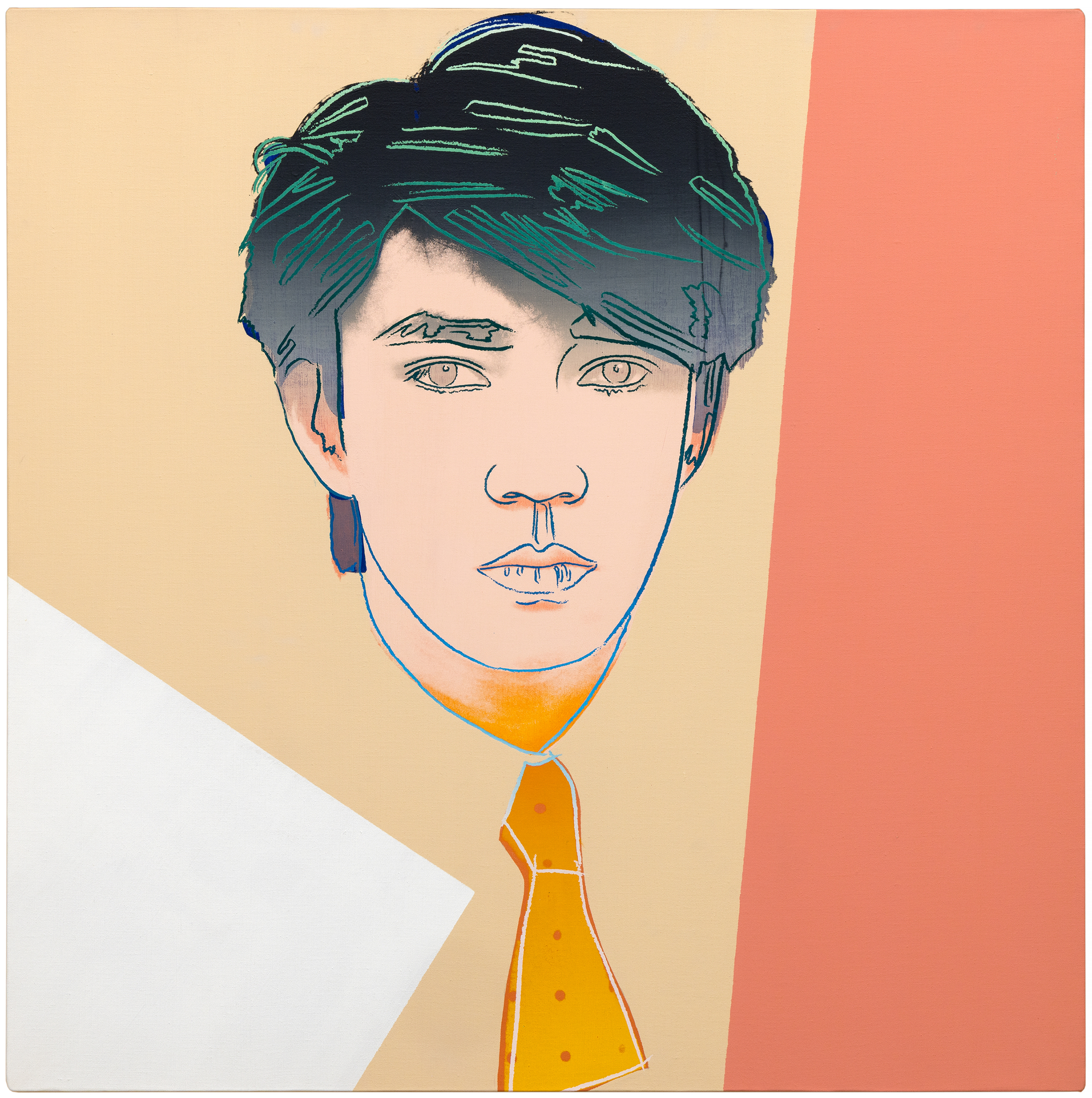
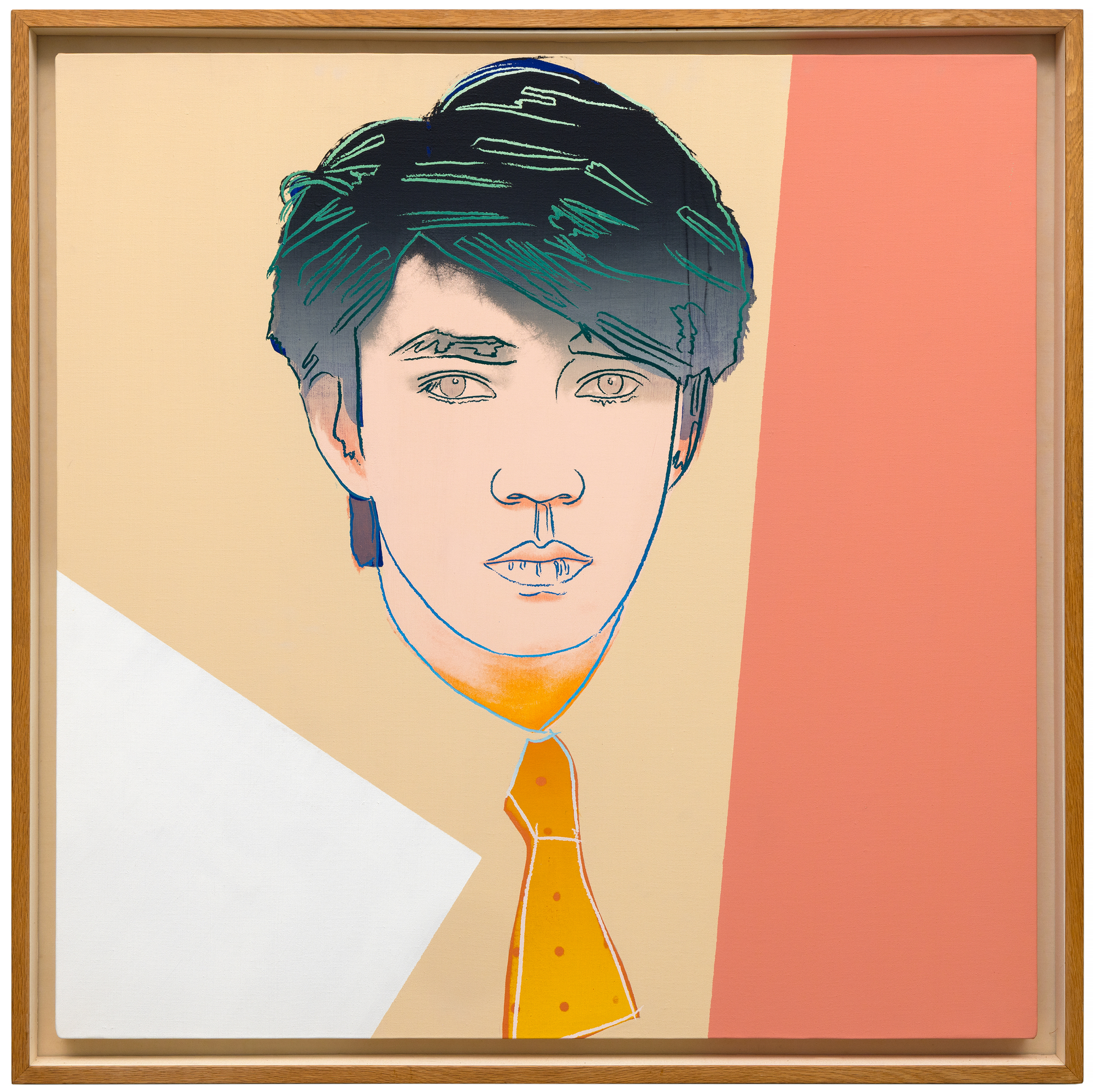
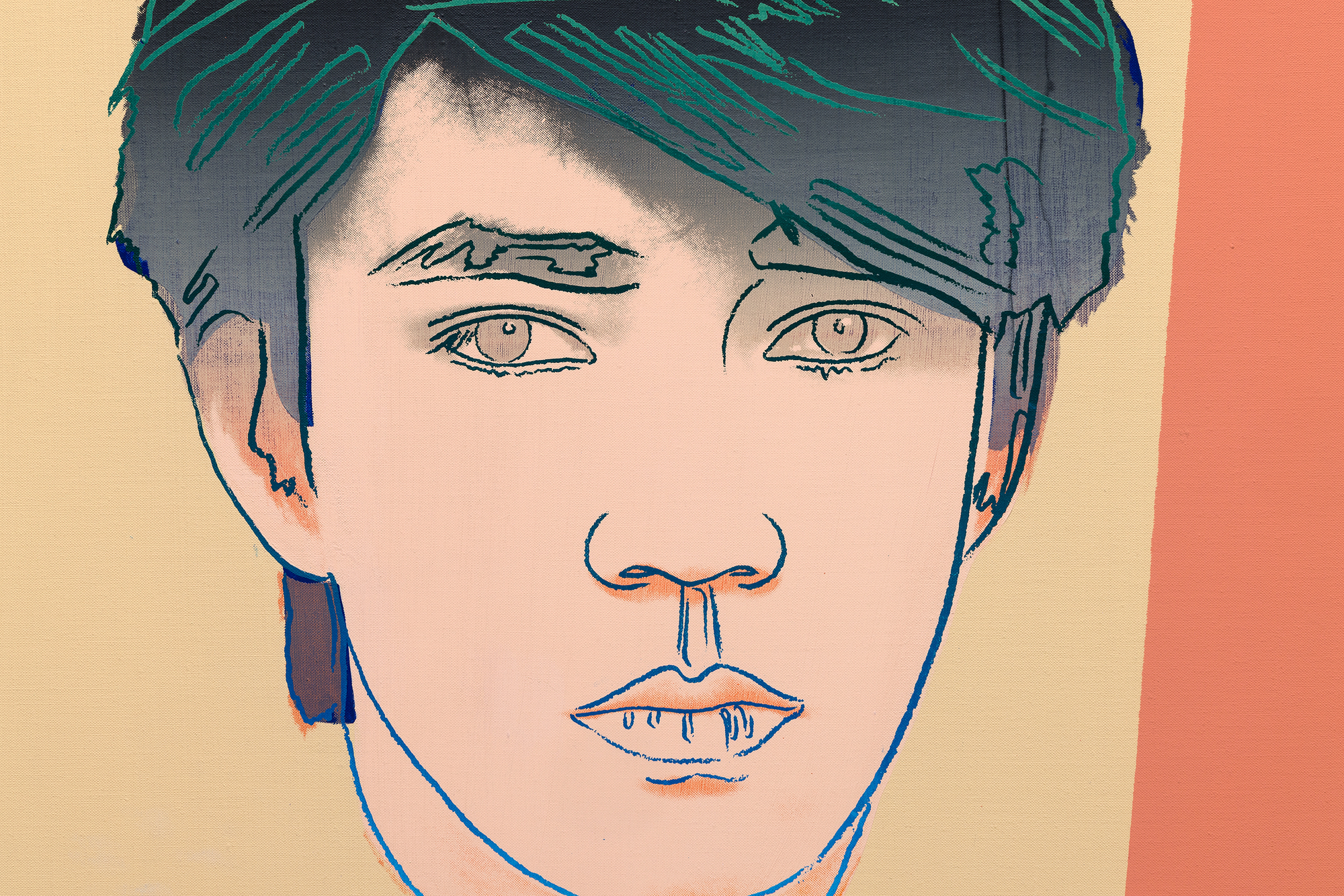
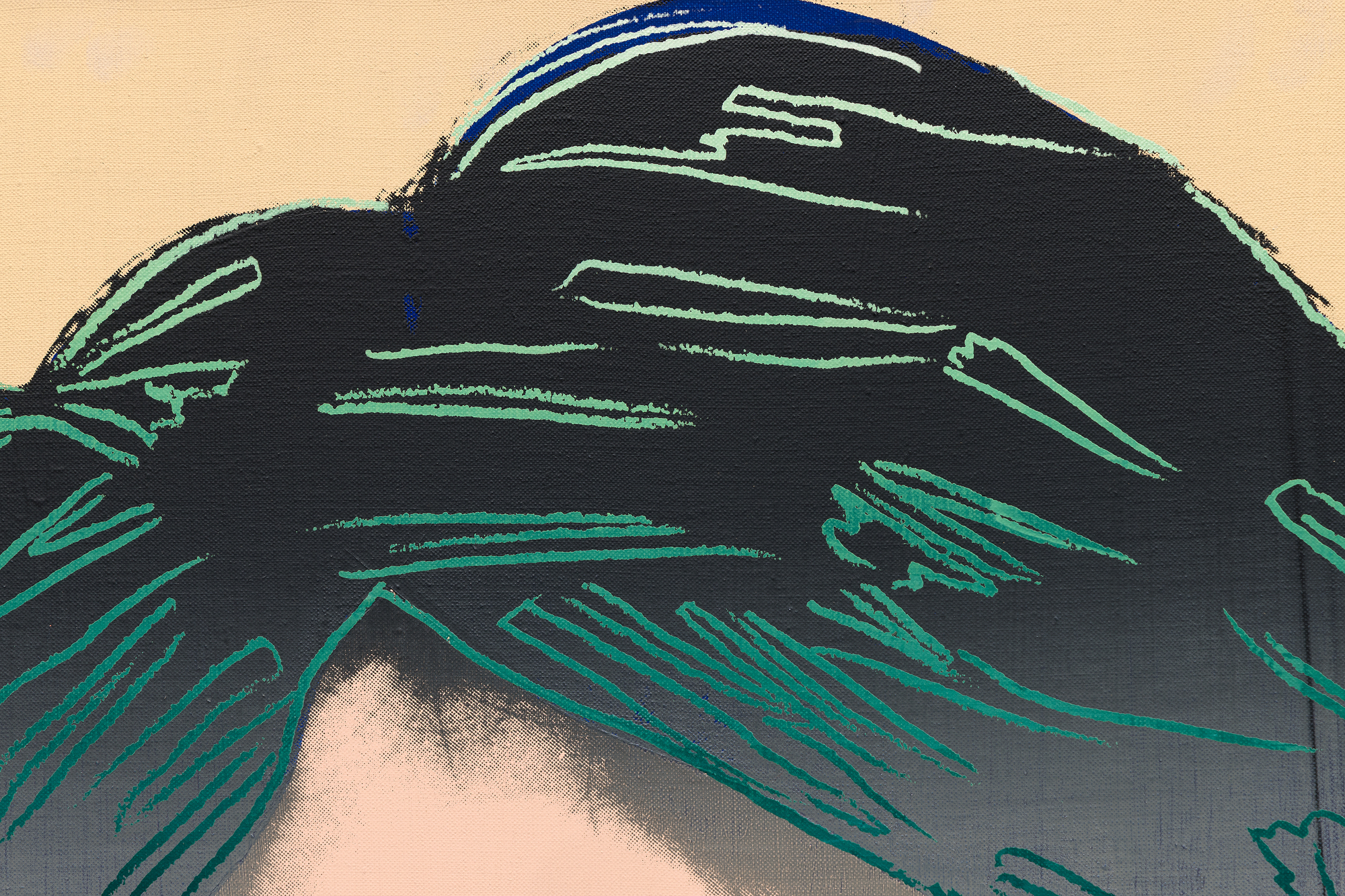
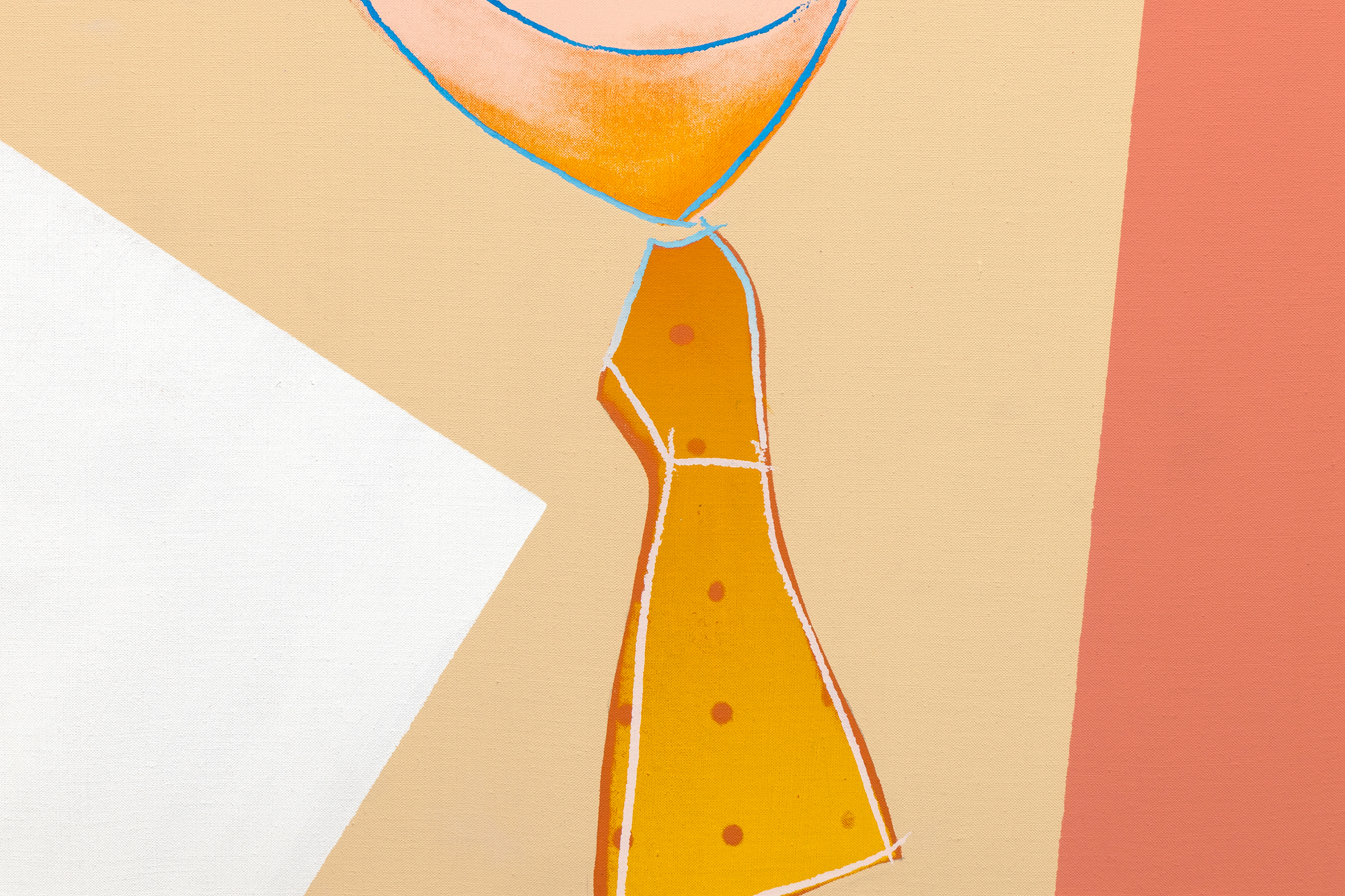
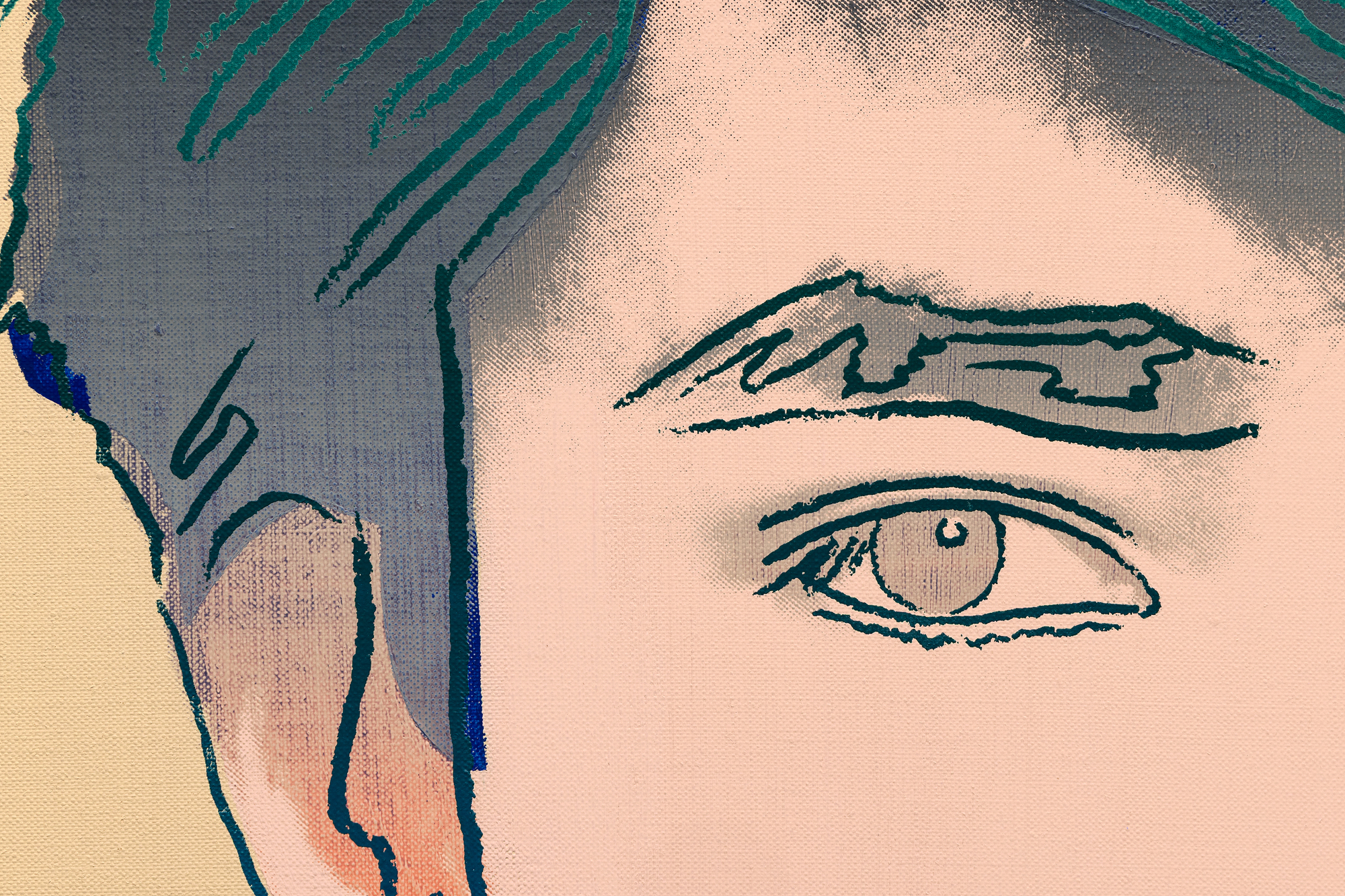

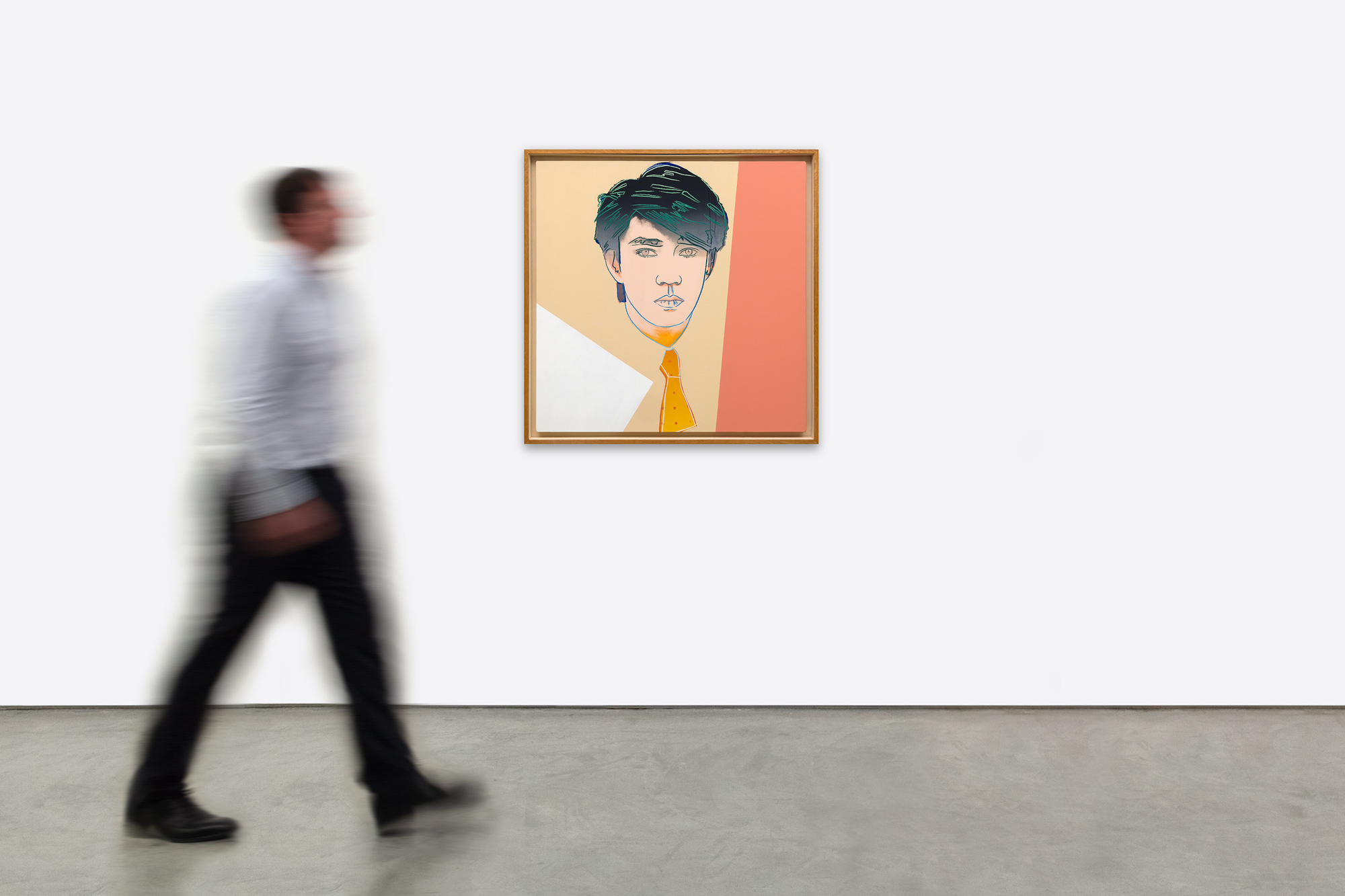
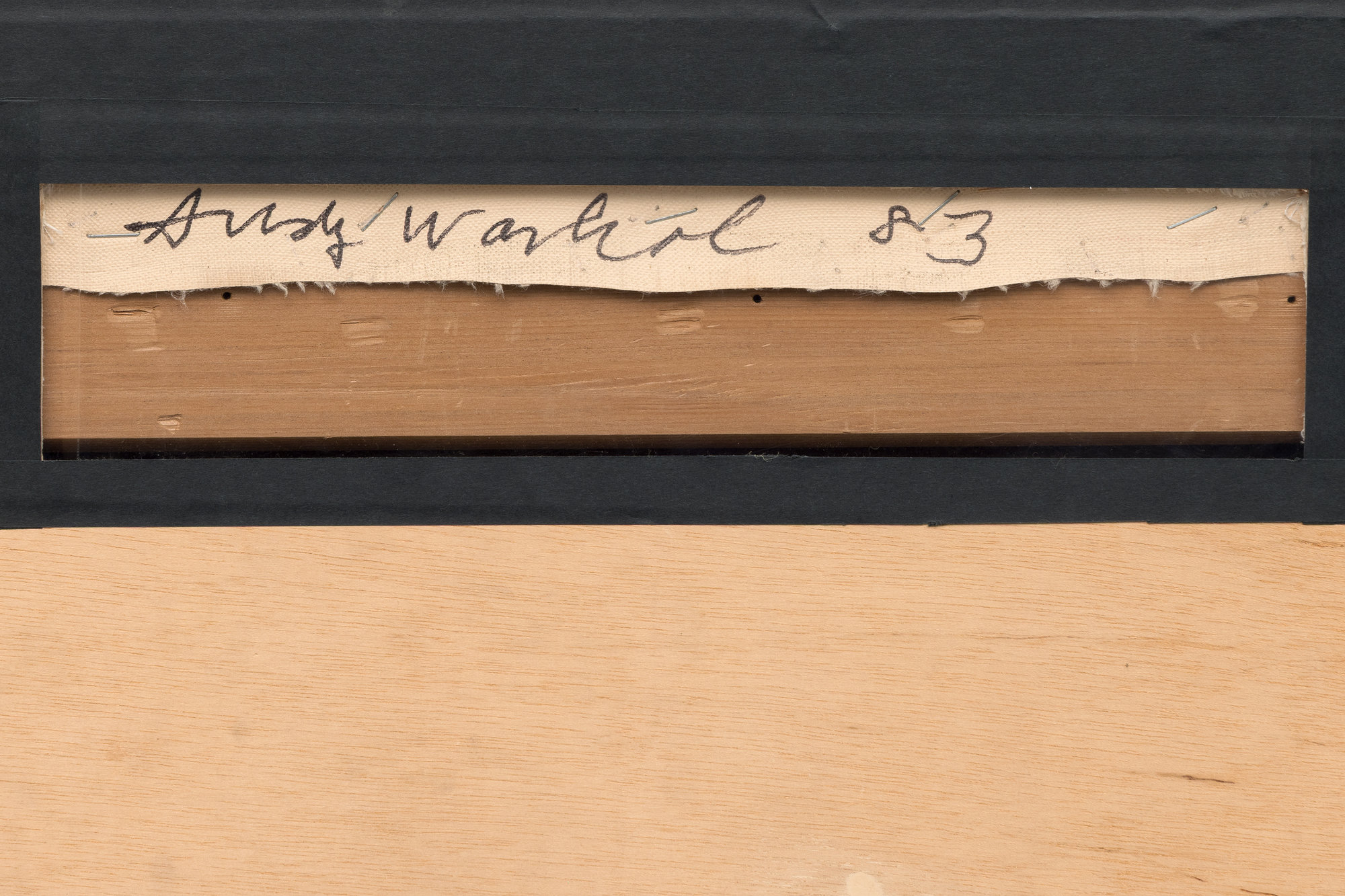
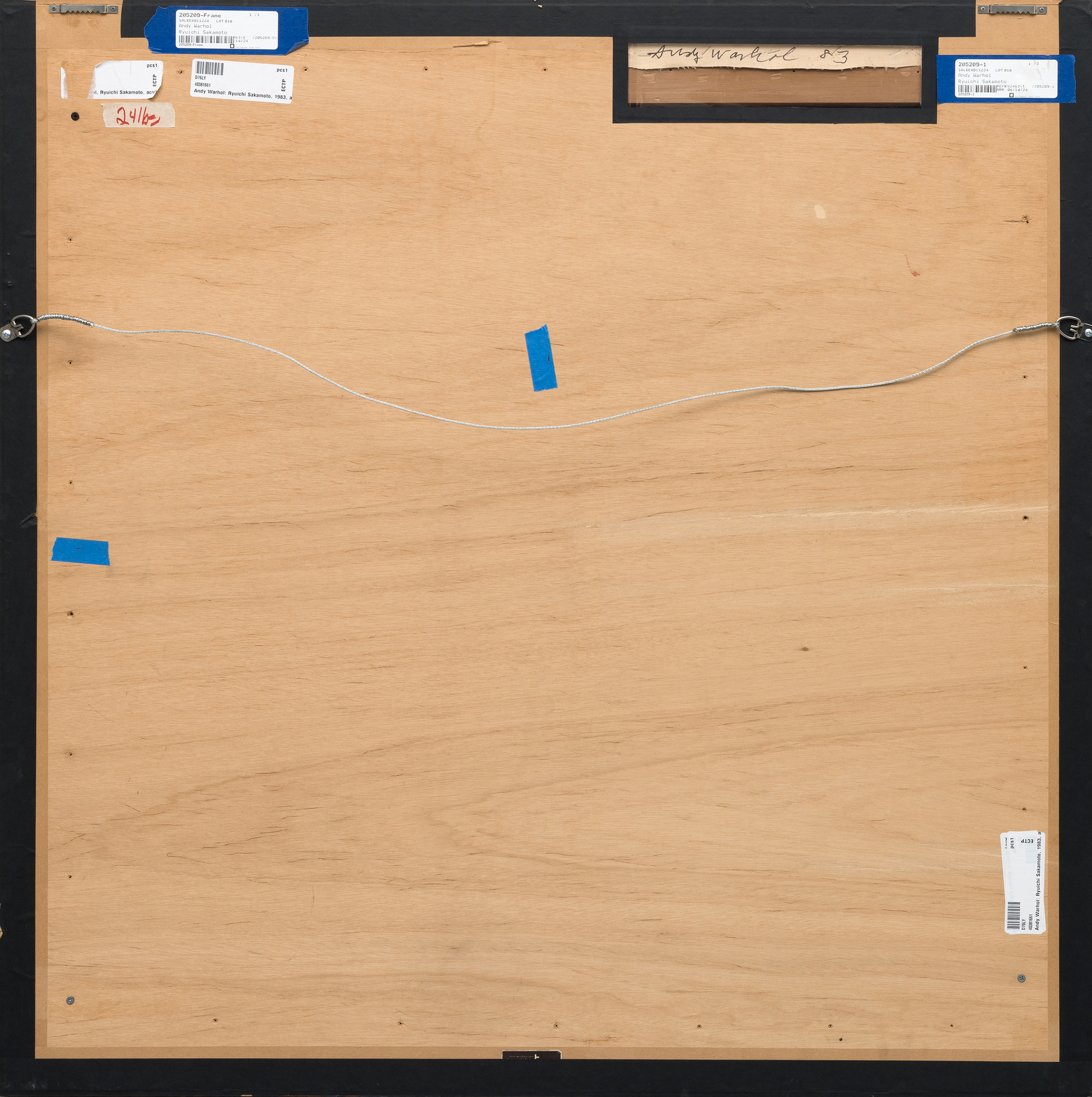
Provenance
Kyowa Hakko Kirin Company, JaponCollection privée
Mallet International, Tokyo, 13 juillet 2017, lot 230
Collection privée, acquise auprès de la personne susmentionnée
Sotheby's New York : Jeudi 28 septembre 2023, lot 245
Collection privée, acquise auprès de la personne mentionnée ci-dessus
Prix345,000
La composition met en valeur le visage stylisé de Sakamoto, rendu par des contours précis en sérigraphie. Ses cheveux sombres et texturés sont placés sur un panneau pêche, entrecoupé d'une section triangulaire blanche. Warhol a enrichi le processus de sérigraphie de touches dessinées à la main qui rehaussent les traits du visage de Sakamoto. Le mélange de techniques mécaniques et manuelles confère au portrait à la fois le poli d'une sérigraphie et la tactilité d'une peinture.
Dans les années 1980, Ryuichi Sakamoto était célèbre dans le monde entier en tant que cofondateur du Yellow Magic Orchestra et pour son travail de pionnier en solo dans le domaine de la composition électronique, orchestrale et de musique de film. En choisissant l'un des rares sujets masculins non occidentaux de son répertoire, Warhol a reconnu l'influence mondiale et la beauté de Sakamoto, ce qui rend ce portrait particulièrement rare dans l'œuvre de l'artiste. Faisant partie d'une série plus large de portraits de célébrités aux côtés d'icônes comme Mick Jagger, Debbie Harry et Prince, "Ryuichi Sakamoto" illustre la fascination de Warhol pour la célébrité en tant que marchandise, en sérigraphiant des personnalités publiques pour interroger l'intersection de l'art, du commerce et des médias.
Une version lithographique de cette peinture est conservée à la Tate de Londres et aux National Galleries of Scotland, affirmant ainsi son importance culturelle.
Cette œuvre est à la fois un vibrant hommage à l'une des figures les plus innovantes de la musique et un témoignage de l'exploration durable de la création d'images par Warhol. Sa palette audacieuse et son sujet emblématique continuent de résonner dans les collections contemporaines à la recherche d'un lien entre l'histoire de la musique, l'héritage du Pop-Art et le dialogue interculturel.


